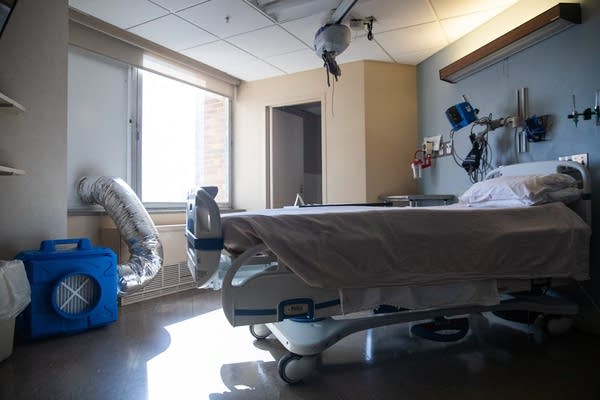Hospitals hit with COVID spike just as staff and beds grow scarce

A hospital room sits ready for a COVID-19 patient at Bethesda Hospital in St. Paul on March 26, 2020. The state's hospitals are concerned about being able to staff enough beds if there is a spike in COVID-19 cases in the coming weeks.
Evan Frost | MPR News 2020
Go Deeper.
Create an account or log in to save stories.
Like this?
Thanks for liking this story! We have added it to a list of your favorite stories.


